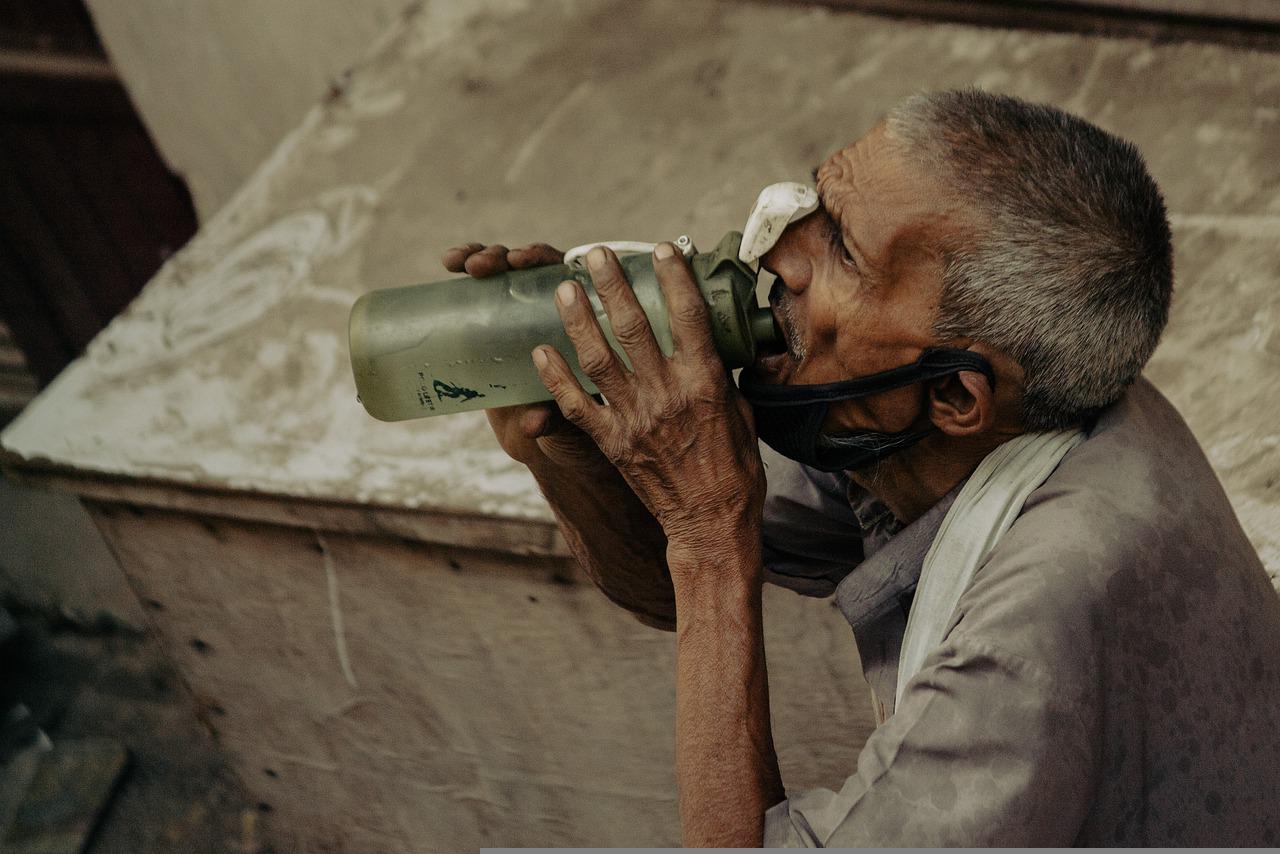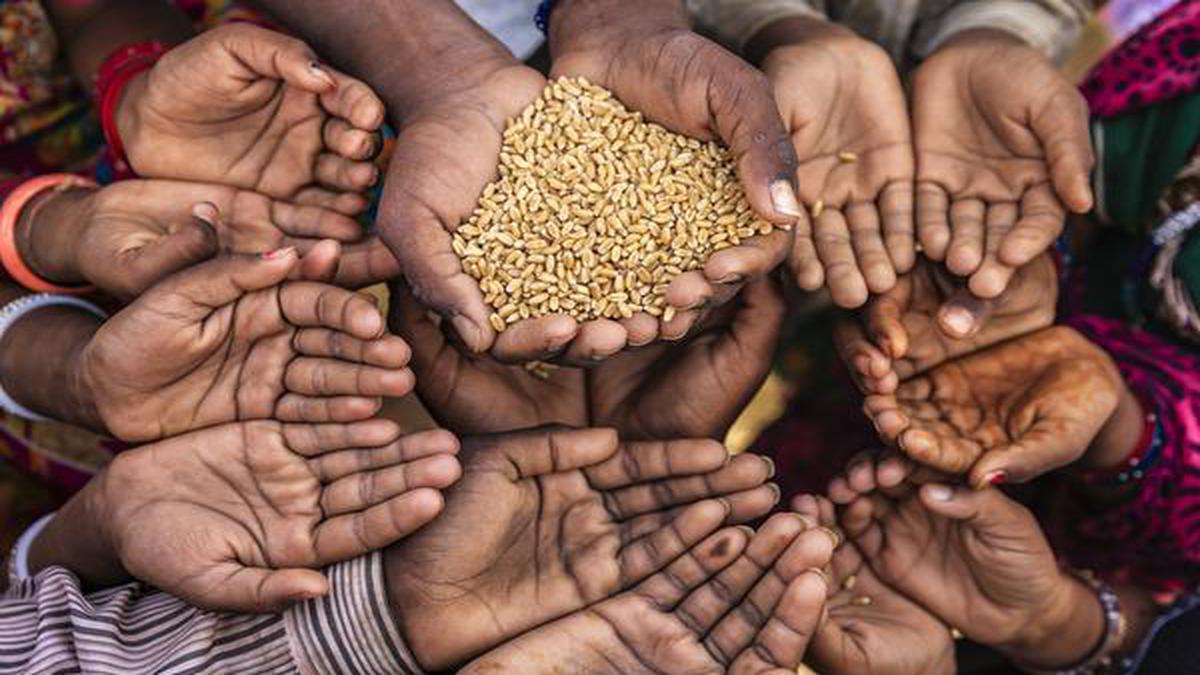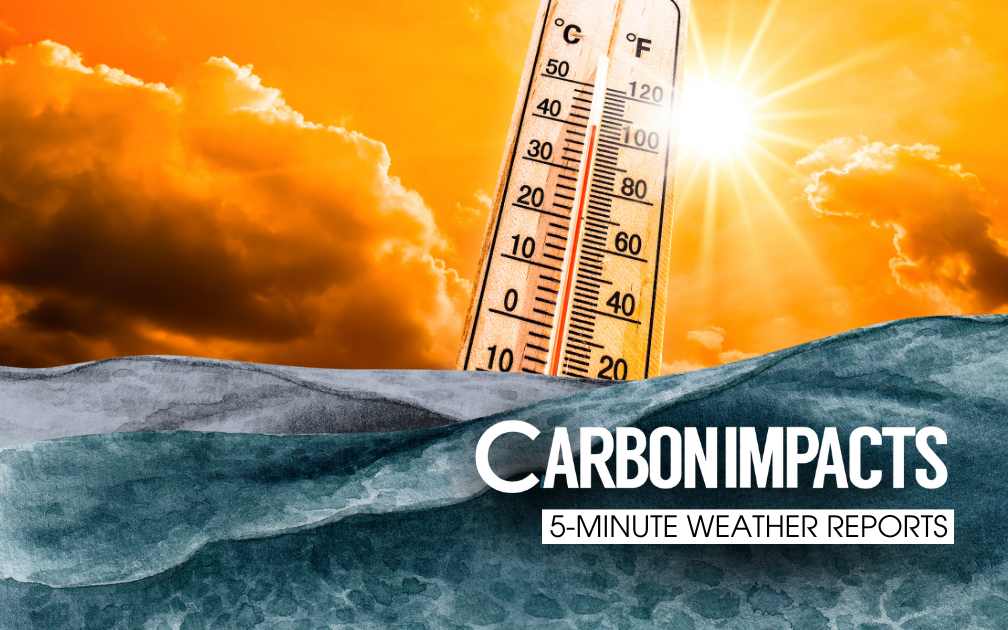The legal liability Pandora’s box holding back finance for loss and damage
While negotiations on L&D, the ‘step-child’ of COPs past, saw significant progress at COP26, there is still fear among developed countries about the legal ramifications of agreeing to a global fund for dealing with present-day, climate-change-related disasters
By Sibi Arasu / Dec 17, 2021

Trying to stay afloat: There is still fear among rich nations about the legal ramifications of agreeing to a global fund to deal with climate-change-related disasters. Photo: Reuters
On the evening of November 10, just as the final text of the COP26 was being decided, the Group of 77, which includes India, and China submitted a proposal for the establishment of a Glasgow Loss and Damage (L&D) Facility. This facility, to be fed with funds, would support technical and financial mechanisms to address L&D. At the time of its unveiling, the proposal seemed like the logical step to follow fraught negotiations that had ensued over previous days at COP26.
During the lead up to the COP, as well as at the event, concerted pressure by civil society groups and national delegations from the Global South made sure loss and damage was in the spotlight more than ever before. The Santiago Network for Loss and Damages, which was framed at the Madrid COP, was finally operationalised. This meant that the functions of this body were clearly defined. The next step was to decide on the funding for this body or another similar body and how it will oversee action on L&D-related issues.
And then suddenly, as the final versions of decision texts started rolling out, the proposal from the Group of 77 and China went missing. Developed countries, led by the USA, were unwilling to have it included in the final text.
The final Glasgow decision text stated that instead of a facility, a provision for a “Glasgow Dialogue” will be created. This dialogue, as the text states, will be, “between Parties, relevant organisations and stakeholders to discuss the arrangements for the funding of activities to avert, minimise and address loss and damage associated with the adverse impacts of climate change”. The decision text also went on to state: “Climate change has already caused and will increasingly cause loss and damage”. While it might not seem like much, this is more progress on L&D than ever before in the history of COPs or international climate negotiations.
A brief history of loss and damage in the UNFCCC negotiations process
The need to provide finance for Loss and Damage (L&D) under the United Nations Framework Convention on Climate Change (UNFCCC) was first raised by the Alliance of Small Island States (AOSIS) in 1991. The AOSIS had proposed that the financial burden of L&D should be distributed in an equitable manner amongst the industrialised developed countries. Ever since then, the topic has witnessed intense debates between the developed and developing world.
Two great progressions with regards to the issue of L&D was the establishment of the Warsaw International Mechanism on the issue in 2013 and the decision to set up a Santiago Network for L&D during COP25. Equally, some significant steps backwards on the issue have taken place, too. At the 2015 Paris negotiations, Article 8 of the agreement, which focuses on climate-change-induced L&D was rewritten to include, “(the article) does not involve or provide a basis for any liability or compensation.”
This brings us to the progress made at COP26.
A fear of unending legal ramifications
Through the many decades of climate negotiations, L&D has always been viewed as a bogeyman by developed countries. The term itself, according to the veteran of many COPs, Saleemul Huq, director of the International Centre for Climate Change and Development in Bangladesh, “is a euphemism for liabilities and compensation.”
Experts say that the primary fear of developed countries is that if funds are set up explicitly for L&D, it might trigger a tsunami of liabilities and much like the ‘polluter pays’ principle, might result in a plethora of lawsuits against them. As Arpitha Kodiveri, post-doctoral research scholar at the Centre for Human Rights and Global Justice at the New York University School of Law, says, “It is interesting that the ‘polluter pays’ principle actually found a clear articulation in the Rio declaration and the principle then entered different national legislations. What is important in terms of understanding its use in the context of L&D is that, initially, the principle was used by states or civil society to hold corporations accountable for the pollution they emitted. Now, we are seeing it being used in a way where large emitting states are being identified as the polluter by vulnerable countries.”
Kodiveri, who was an observer at COP on L&D negotiations adds, “The other side to this is that it could definitely open up a Pandora’s box of cases, creating a situation where there is a parallel gridlock to the gridlock we’ve seen in international climate negotiations. So as opposed to giving a clear remedy, the principle runs the risk of becoming a more politicised process. Having said that, I do think that it’s a move in the right direction because it is a way in which accountability can be ensured.”
Another view on this issue is offered by Tarun Gopalakrishnan, Pre-doctoral Fellow at the Climate Policy Lab, Fletcher School, Tufts University. He says, “The concepts are closely related, but there is a good reason why it is framed as ‘loss and damage’ and not ‘polluter pays’ or ‘liability and compensation’. This is because legal liability is very difficult to negotiate internationally. Framing the loss and damage issue as a ‘finance’ issue makes it somewhat easier to negotiate around.”
Regardless of legal ramifications, the inaction on L&D due to the Global North’s fear and the resultant consequences on people at the frontline of climate change is all too real. Harjeet Singh, senior advisor to the Climate Action Network International told CarbonCopy, and one of the most vocal advocates for L&D in the global civil society space, says, “They [Global North] should also understand that any transfer of money on climate change should be seen as compensation or reparation. If you are giving money for adaptation, you are saying we are responsible, please take this money to deal with that. In this case, too, people are affected and we are asking for funds to repair the harm. But because of the paranoia that some have with regards to L&D, it has led to little progress on the issue of loss and damage finance. The result is that the injustice inflicted on those already suffering the impacts of climate change is further compounded.”
The way forward for a loss and damage fund
The principle of solidarity, which was repeatedly stressed at the COP and by various parties, both governmental and otherwise, from all parts of the world, is seen as the most tangible way forward to make significant progress when it comes to working on L&D-related issues. The Stockholm Environment Institute had released a paper titled, Designing a fair and feasible loss and damage finance mechanism, just before COP26.
Zoha Shawoo, the lead author of the paper, says, “Practical, pragmatic solutions exist for loss and damage finance that don’t politicise the issue and instead focus on the needs of vulnerable countries and communities.”
Shawoo, who is an associate scientist at SEI US, adds, “Providing finance on the basis of solidarity and in line with already established principles of historical responsibility underpinning the Paris Agreement enables us to make real concrete progress right away.” The SEI as well as other interested parties say that providing L&D finance in this manner will also fall in line with the key tenet of climate negotiations, which is, “common but differentiated responsibilities and respective capabilities”.
Attribution science’s impact on loss and damage negotiations
Progress on the issue can also learn lessons from outside the international climate negotiations. A case in point is the litigation being pursued by the Peruvian farmer and mountain guide Saúl Luciano Lliuya against the German utility RWE at the Regional Court in Essen, Germany, popularly known as the Huaraz case, named so after the affected region. This case is probably one of the first few times that a company responsible for climate change faces legal charges in Europe: The litigant’s claim is that the energy company’s immense emissions threaten his family, his property as well as a large part of his home city of Huaraz. While the case is still in the evidentiary phase, the very fact that the German court recognises that a private company could potentially be held liable for climate change-related damages of its emissions marks a significant development.
As Kodiveri says, “While the case was initially dismissed, developments in attribution science helped achieve causality in the Huaraz case. A certain amount of emissions from RWE was held to be responsible for the disappearing farmland in Peruvian Andes. This is a fascinating case, which is now in the evidentiary stage and we will have to see what the outcome will be.”
Other similar cases such as the 2008 case of the Native Village of Kivalina v. ExxonMobil Corp., in which Native Alaskans sued ExxonMobil and 23 other energy giants for damages associated with coastal erosion, could also potentially be revived with recent developments in attribution science. Back then, the plaintiffs had said the erosion had been exacerbated by climate change. But the US Court of Appeals dismissed the villagers’ case, citing a dearth of causal evidence.
Within the COP process itself, the next step for the developing countries is to make use of the Santiago Network’s functions being clearly defined and get funds to support L&D issues. As Singh says, “The next COP in Africa is going to be a COP for vulnerable people. We can’t go to Africa and come back empty handed. We have to make sure there will be progress and concrete steps to help people.”
Sibi Arasu is an independent journalist based in Bengaluru. He tweets @sibi123.


